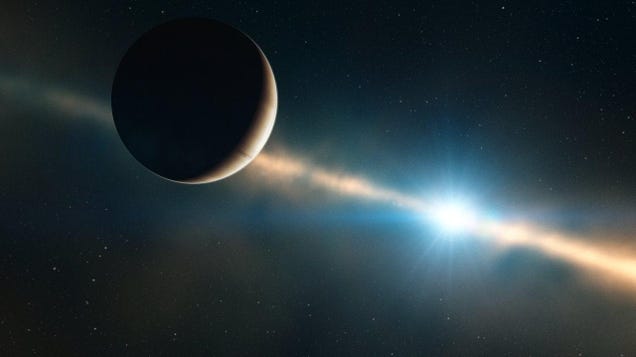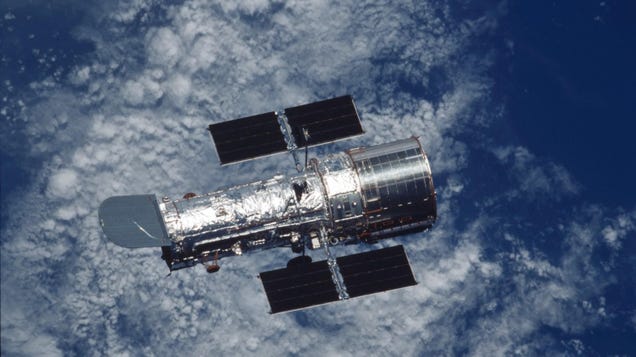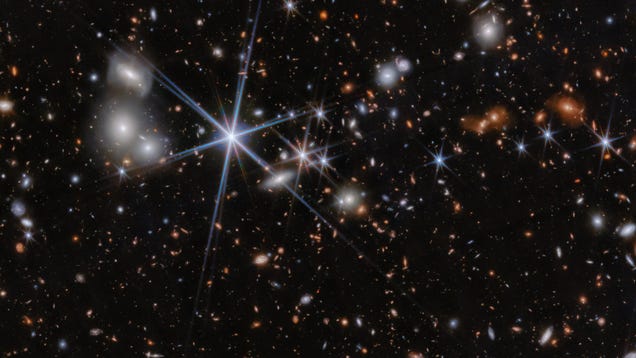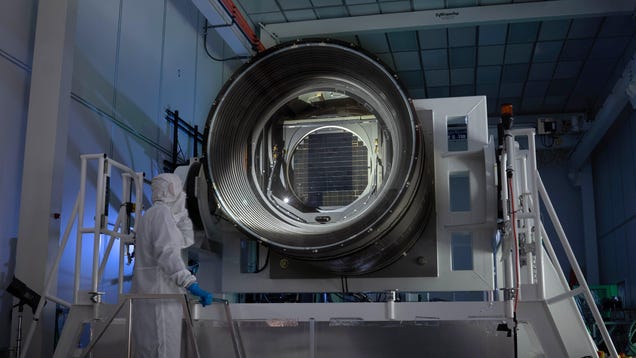

Nearly 20 years ago, astronomers observed a massive cloud of fine dust particles around a young star located just 63 light-years away from Earth. In recent observations from the Webb Space Telescope, however, the dust cloud had mysteriously vanished.

In his search for giant stars hosting large worlds, Samuel Grunblatt, an astrophysicist at Johns Hopkins University, came across a strangely puffy planet that’s smaller, hotter, and older than it’s supposed to be. “We didn’t expect to find any planet that looks like this,” he told Gizmodo.

For more than 30 years, NASA’s iconic Hubble Space Telescope has been scouring the cosmos to look for ancient galaxies and dazzling nebulae. The wear and tear of traveling through low Earth orbit is starting to show on the aging telescope, forcing it to resort to using only one of its three remaining gyroscopes to…

The cutting-edge Webb Space Telescope has spotted the most distant black hole merger yet, which occurred when the universe was just 740 million years old. It’s the first time astronomers have seen a merger so early in the universe’s history, making it a record breaker.

Nine years and 3.2 billion pixels later, it is complete: the LSST Camera stands as the largest digital camera ever built for astronomy and will serve as the centerpiece of the Vera Rubin Observatory, poised to begin its exploration of the southern skies.




